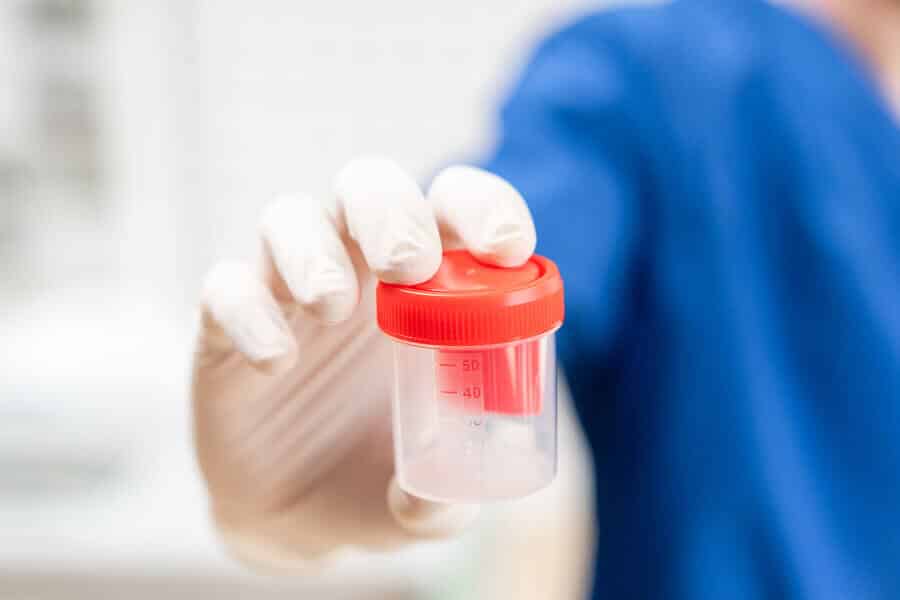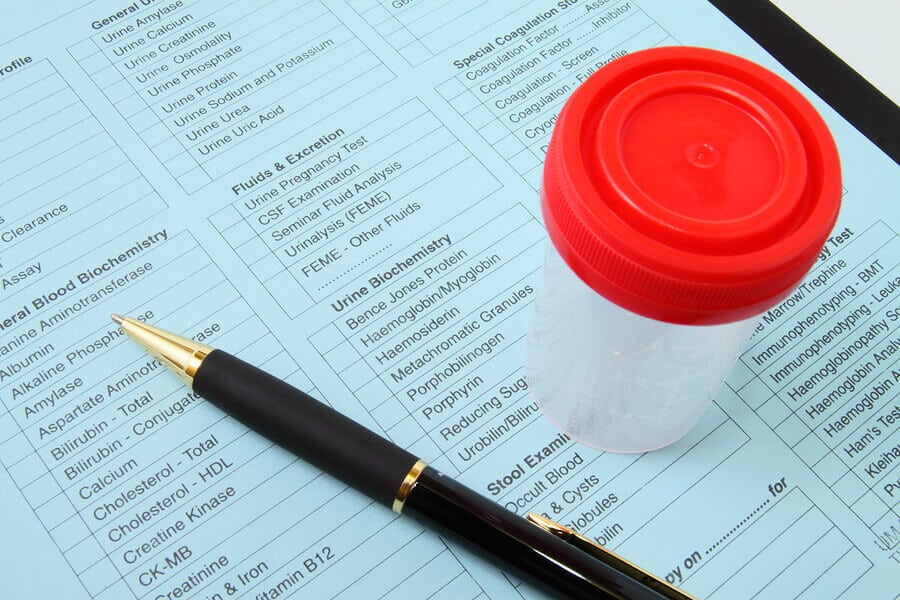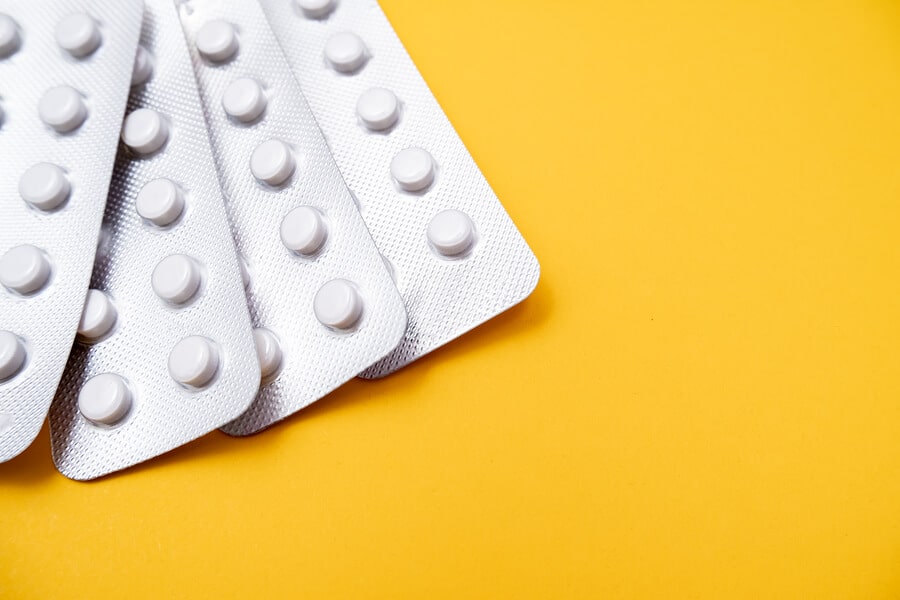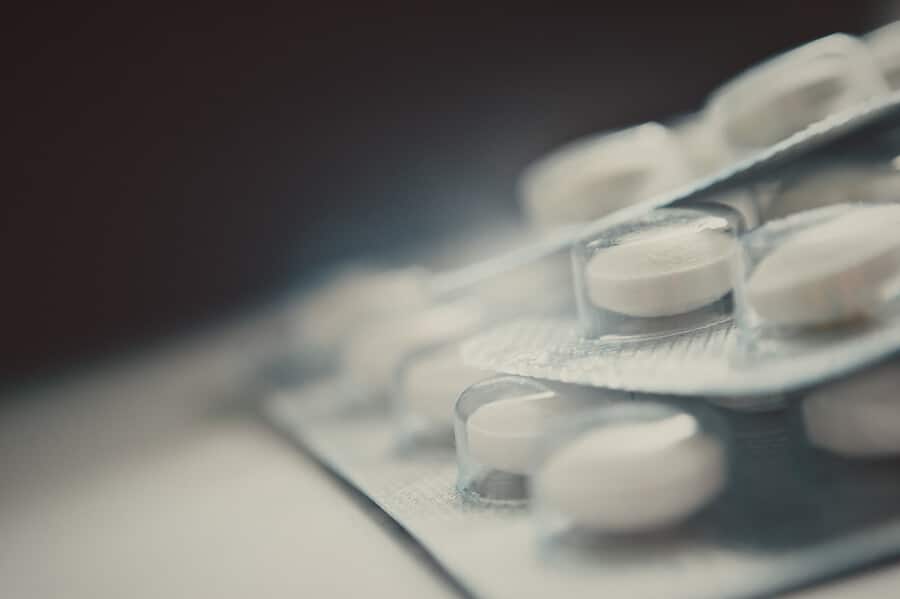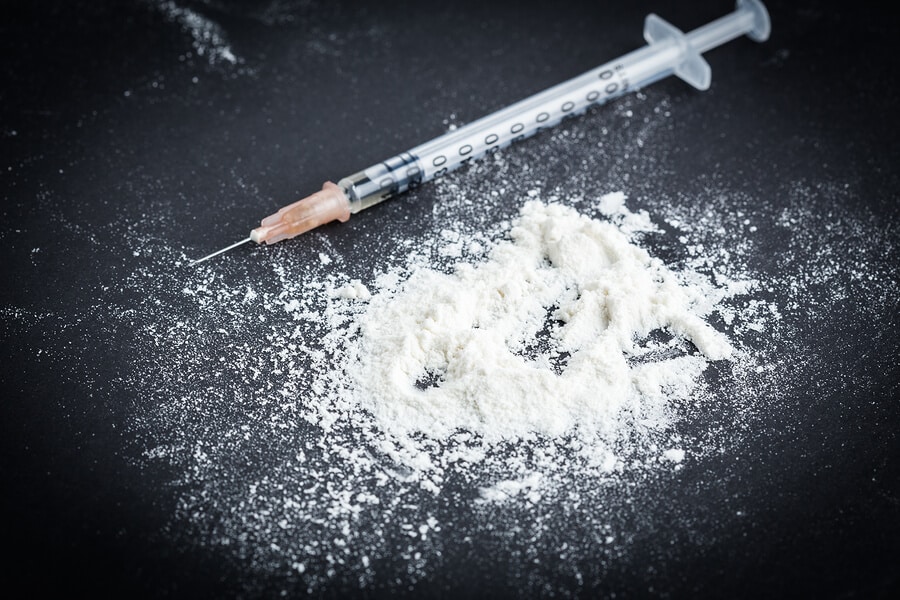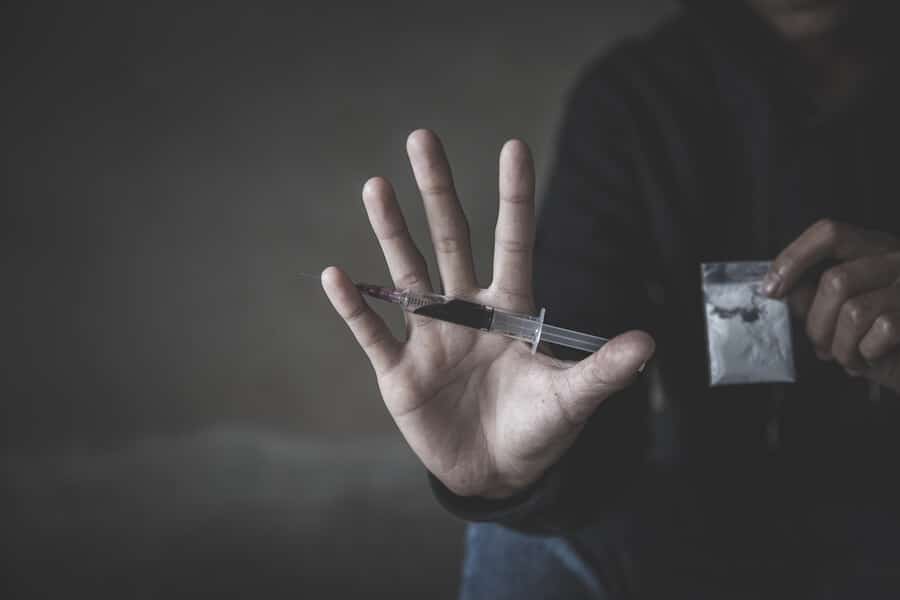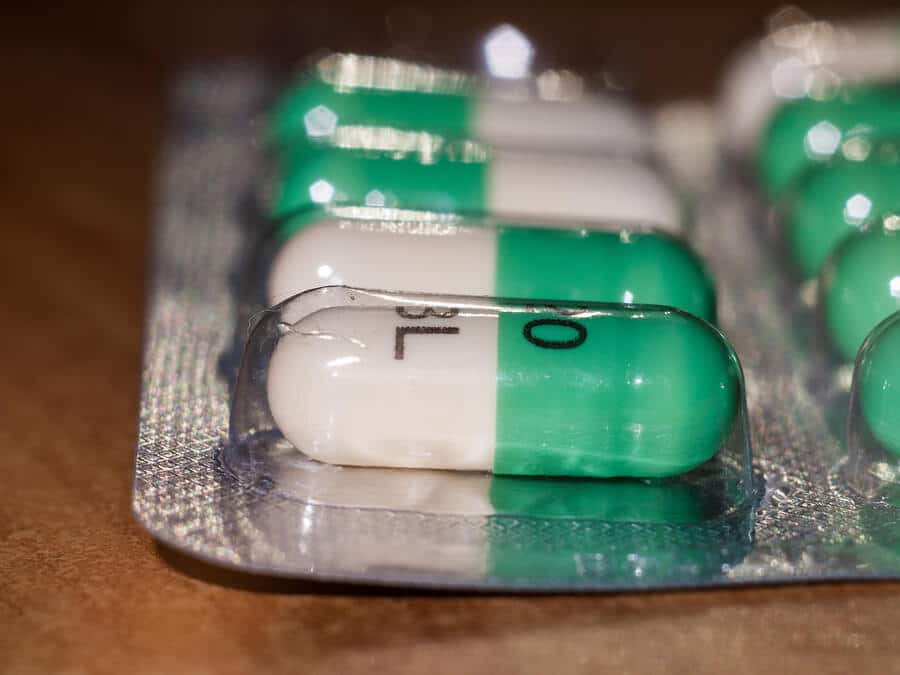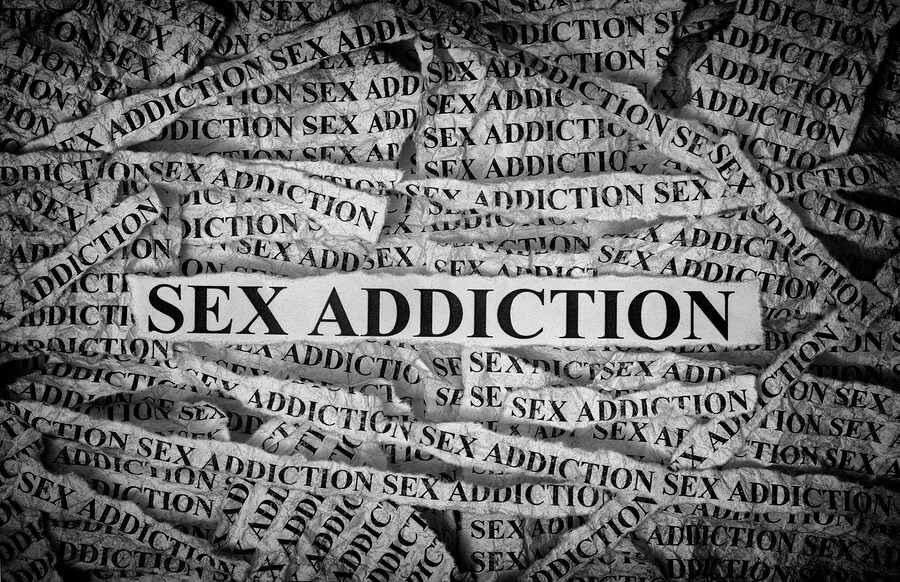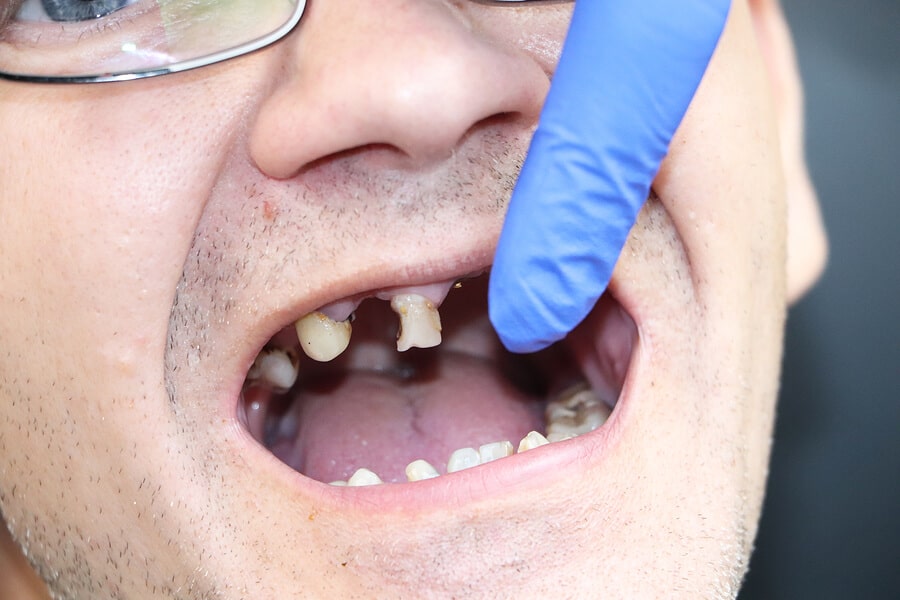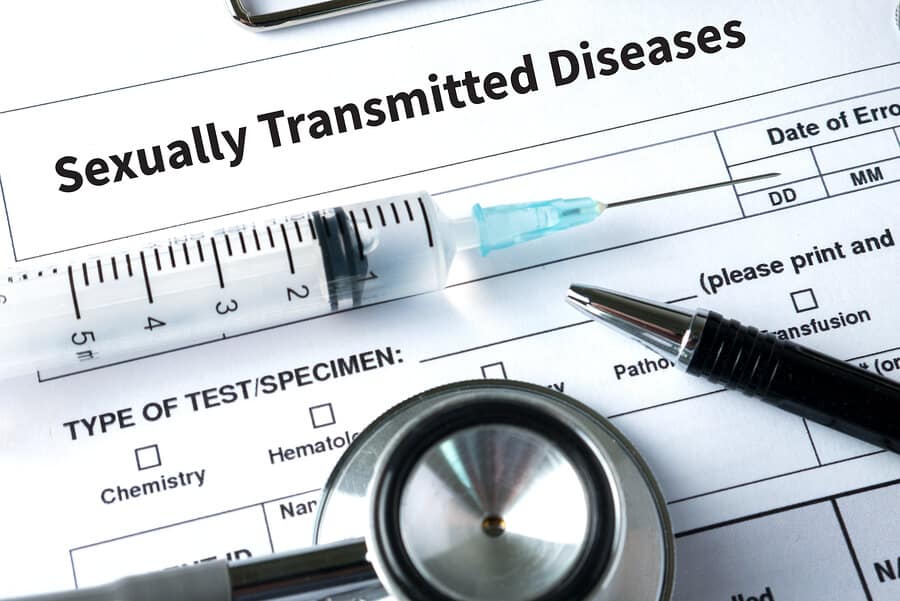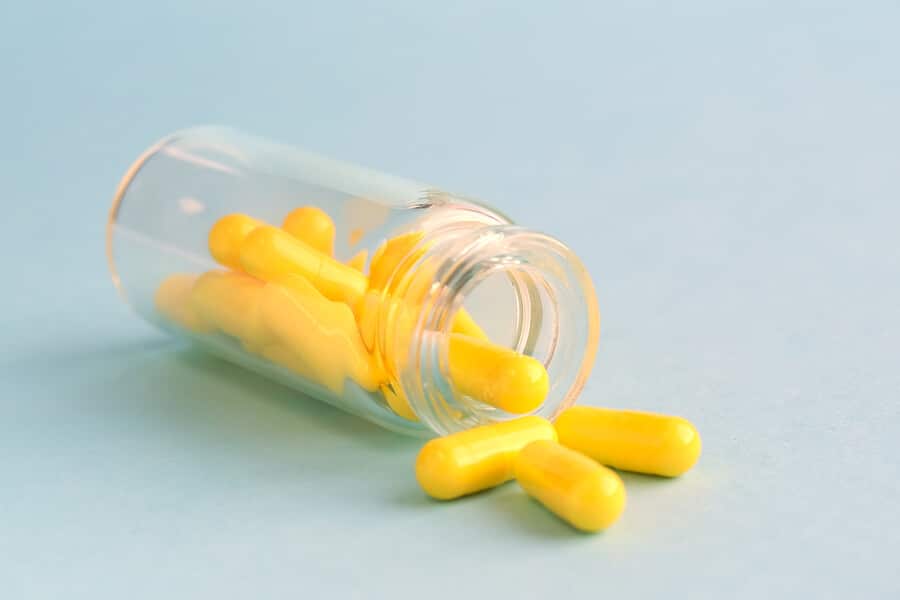
Gabapentin (brand name Neurontin) is a prescription medication commonly used to treat neuropathic pain and seizures. Although gabapentin is thought to have a significantly lower potential for abuse and dependence than many other drugs that treat pain, both do occasionally occur. Those who use Neurontin in excessive amounts or for recreational purposes are more likely to develop a dependence that those who use it as directed with a prescription.
Gabapentin misuse is believed to be relatively rare but increasing, and some research as reported statistics on its abuse. Gabapentin abuse often occurs in conjunction with other psychoactive substances, such as opioids, benzodiazepines, and alcohol.
A person who develops a physical dependence on gabapentin will experience withdrawal symptoms when they try to discontinue use. These symptoms may manifest between 12 hours to 7 days after stopping the medication and can persist for several weeks. Symptoms of gabapentin withdrawal may include headaches, nausea, dizziness, insomnia, and anxiety.
Detox from gabapentin is, by no means, considered to be risky or life-threatening. However, adverse emotional effects can be highly unpleasant and compel an individual to return to the misuse of this drug or other substances. For this reason, the safest way to discontinue gabapentin is by using a tapering schedule under the supervision of a physician or undergoing medical detox.
Gabapentin Withdrawal Symptoms
Unfortunately, even patients who use gabapentin as directed may develop some level of physical dependence. Using the medication in excessive doses or for an extended period can lead to the onset of withdrawal symptoms upon cessation of use.
Because gabapentin has depressant properties, withdrawal symptoms may be comparable to those of alcohol and benzodiazepines, although much less severe. This similarity is believed to be because gabapentin and these other substances all have an effect on GABA (gamma-aminobutyric acid), an inhibitory neurochemical in the brain.
Withdrawal symptoms associated with long-term gabapentin use include the following:
- Anxiety
- Agitation
- Irritability
- Restlessness
- Fatigue
- Insomnia
- Dizziness
- Headache
- Sweating
- Light sensitivity
- Irregular heartbeat
- Nausea
Also, people who are using gabapentin to treat seizures and suddenly stop taking it may encounter an uptick in seizure activity, including prolonged, uncontrollable seizures. In this instance, withdrawal from gabapentin could, in fact, be hazardous and is not recommended without medical supervision.
Factors for Gabapentin Withdrawal

Factors that can influence the severity and duration of withdrawal symptoms include the following:
- Age
- Height and weight
- Average dose
- Length of use or misuse
- Presence of other disorders
- Use of other substances
Rarely, individuals who are at risk of or already experiencing severe withdrawal symptoms may require intensive medical monitoring and intervention if complications occur.
Health professionals generally advise that a patient receive increasingly lower doses of gabapentin to wean them off the drug gradually and comfortably. Tapering schedules that are employed for medications like gabapentin have the potential to reduce adverse withdrawal effects when the medication is eventually stopped altogether.
Gabapentin use can often be tapered down to cessation over one week, but in some instances, slower tapers may be used to address safety concerns. Experts recommend reducing the daily dose by a maximum of 300mg every four days.
Why Gabapentin Withdrawal Symptoms Occur
It is not wholly understood why withdrawal symptoms manifest when some individuals abruptly stop using gabapentin, but they do occur nonetheless. This fact suggests that gabapentin use does indeed have the potential to result in physical dependence.
When dependence occurs, a person’s body has adjusted to the consistent presence of a substance and has begun to rely on it to function normally. Then, when a dependent individual suddenly stops using the drug or significantly cuts back, they will soon start to encounter the onset of withdrawal symptoms. These symptoms are the result of the person’s brain and body trying to re-stabilize without the drug’s presence.
Dependence often develops in combination with tolerance, a condition in which the person’s system no longer responds to the substance to the extent it once did. As a result, the person will need to take increasingly larger doses if they are to achieve the effects they desire.
Chemical dependence is often confused with full-blown addiction, but there are some key differences, and they are not the same. While dependence is a required component for addiction, the converse is not true. A person can become dependent on a substance even if they use it properly, as directed by a doctor. Addiction is further hallmarked by substance abuse and compulsive drug-seeking behavior despite the adverse consequences that a person experiences as a result.
Moreover, an individual who is addicted to gabapentin will not only abuse it, but will become obsessed with obtaining and using it, and they will continue to do so regardless of the problems this causes.
Getting Help for Drug Dependence
Harmony Treatment and Wellness offers multi-faceted, state-of-the-art programs designed to treat drug abuse, dependence, and addiction, as well as all aspects of an individual’s health and well-being. Our programs feature therapeutic services clinically proven to be integral for the process of recovery, such as behavioral therapy, medication-assisted treatment, counseling, group support, and aftercare planning.
If you or someone you love is struggling with a dependence on drugs or alcohol, contact us today and find out how we can help you get started on the road to recovery, one step at a time!
